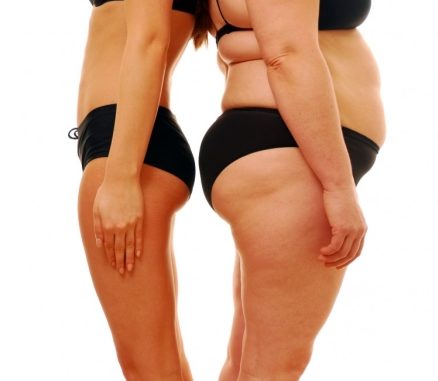
The human body does not come in one single shape; it comes in many different shapes and sizes. Still, we hear a lot in mainstream media and health and nutrition circles about body shape as if it is something that can be modified.
To some extent that is true, but not entirely. It does help, though, to understand your body shape, what can and cannot change about it, and what your shape may indicate about your health and wellbeing.
What Is Meant By Your Body Shape?
The general body shape of a person is determined by fat, muscle and skeletal structure. The skeletal structure will continue to grow and change until a person reaches adulthood, then it will remain essentially the same throughout the rest of his or her life.
Exercise and hormone fluctuations, especially during puberty, can alter body shape through changes in muscle mass and fat distribution. Genes also play a major role in body shape development.
Body shape affects a person’s gait and posture; it also plays a huge role in physical appearance and attraction. The body shape can signify hormone levels that imply fertility, which increases the level of sex hormones. A fit body shape is an indication of good health, which instinctively attracts the opposite sex.
The skeletal structure is what holds the body up and frames the overall shape. It does not change very much during a person’s lifetime. During puberty, a male’s shoulders typically widen and the ribcage expands due to the increase in testosterone. This is why males tend to have wide chests and broad shoulders, which allows them to take in more oxygen for the muscles.
Once a female reaches puberty, her hipbones will become wider due to the presence of estrogen, which also causes the pelvis to widen. Females typically have wider hips to allow for eventual childbirth. Since the pelvis is proportionally larger, flatter and more round, a baby can pass through it during childbirth. Females typically have a smaller sacrum, which is usually closer toward the rear. Women generally walk different from men, swaying their hips.
The presence of testosterone in males can also affect the shape of the face causing a larger nose bone, a square jaw and a prominent brow bone.
Females have about twenty times less of the hormone; therefore, women typically maintain a more childlike shape to the face.
In addition to the levels of sex hormones, muscles and fat distribution, which change according to hormone levels, eating habits and exercise also affect body shape.
There are several different body shapes for women, such as:
- Apple – This is a round shape, sometimes thicker in the waist, especially after menopause.
- Hourglass – Women with this shape tend to have larger breasts and a short waist.
- Skittle – The Skittle body shape is long and slim on the top half, but widens considerably at the bottom. Unlike the Pear shape with a large rear, the Skittle shape has larger thighs.
- Vase – The Vase is basically a stretched out Hourglass. However, the Vase shape does not go in and out as much as the bottom is somewhat flatter.
- Cornet – Usually, women with this athletic shape are tomboys in their youth. Later in life, curves are not as prominent and a triangular shape emerges.
- Lollipop – Women with this shape have buxom breasts and seemingly endless legs, yet can feel ungainly at times. Shoulders lack the broadness necessary to support large breasts; therefore, people with this shape tend to hunch with bad posture. The short waist increases the top-heavy appearance.
- Column – The Column body shape is tall. After menopause, it is difficult to keep the tummy tight and long limbs are difficult to accommodate.
- Bell – Small, petite body with a round rear that tends to spread in middle age. As the Bell shape individual ages, the bottom half becomes disproportionately larger.
- Goblet – This heavy, square shape seems to balance on a slender stem. The Goblet-shaped individual typically has large breasts, broad shoulders, shapely legs and ankles as well as a generous waist.
- Cello – Broad shoulders, large breasts and endowed thighs and buttocks.
- Pear – Women with a Pear shape may be thin, but the ballooning thighs and undefined calves and ankles set it apart from other slender shapes. The breasts are usually small. Arms are slender and toned with muscular shoulders and a small waist.
- Brick – This is a masculine shape, especially from behind with a flat bottom, no waist, straight legs and broad shoulders.
Men come in different body shapes as well, including:
- Trapezoid – This is considered the ideal male shape with broad chest and shoulders, medium-narrow waist. In addition, the upper torso is typically larger than the lower torso.
- Inverted Triangle – This body shape features broad chest and shoulders, well-developed, bulky arms, chest and shoulder muscles with narrow hips and waist. The upper body is usually considerably heavier than the lower body.
- Rectangle – This shape has a straight torso and the waist, hips and chest are typically the same width.
- Triangle – Men with the Triangle body shape are bottom-heavy with sloping shoulders. The hips are typically wider than the chest.
- Oval – Similar to the Apple body shape, the overall appearance of the body is round with a large stomach.
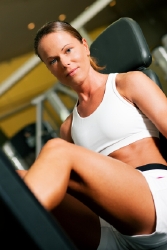
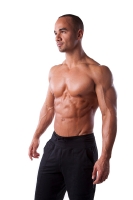
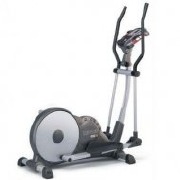
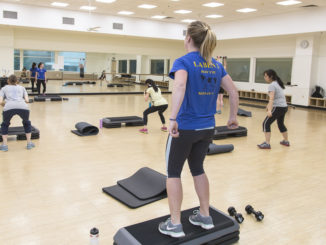
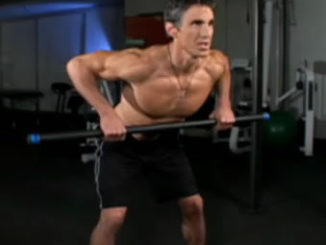
Be the first to comment